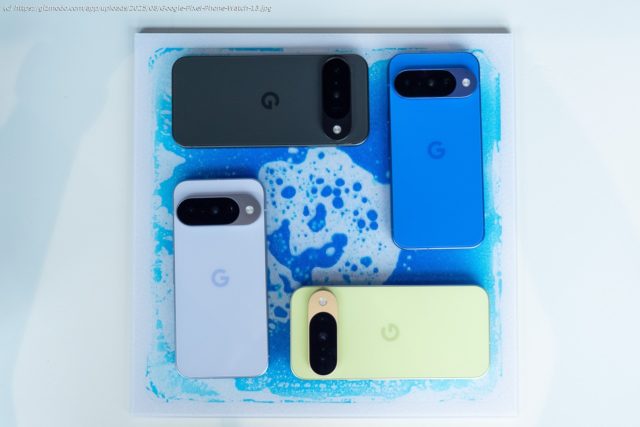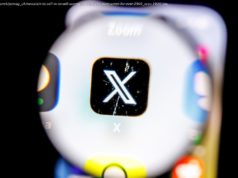The Pixel 10 makes Gemini-enabled deepfakes a pivotal feature of its new real-time translation features.
I can’t count the number of times I’ve been promised the Next Big Thing in app-enabled translation. Since the dawn of Google Translate, it’s felt like tech companies (not just Google, but Samsung and Apple, too) have been teasing a future where speech can be translated instantaneously, allowing for near-seamless communication between people from *sarcastic SpongeBob voice* across the world. But the truth is, that future, however enticing on paper, hasn’t exactly panned out.
As incredible as apps have gotten at translating speech and text with a fairly high degree of accuracy, they haven’t quite risen to the speed and cadence of real-life conversations. Designing a translation tool that can keep pace with our mouths (like, actually talking) isn’t an easy feat. We talk fast, and we expect even faster responses, which makes live translation less of a marathon than a sprint, or I guess more accurately, a sprint that could be a marathon in length.
Given that long promise of snappy, useful, real-time translation, I’m conditioned to roll an eye or two when live translate enters into a keynote, which is exactly what I did during Google’s annual Pixel hardware event. This year, though, that eye roll might not be warranted. At its Made by Google keynote, Google showcased a feature that not only translates your speech in real time, but also deepfakes your actual voice (also in near real time) so that the person on the other end can hear you speaking in their native language.
Start
United States
USA — software Google’s Big Leap Forward for Real-Time Translations Is Deepfaking Your Voice






